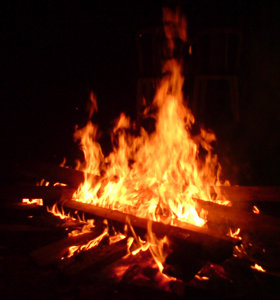Digital Literacy SOLE

Here is Dave Cormier’s course introduction:
“Rhizomatic Learning posits, among other things, that the community is the curriculum. That being able to participate with and among those people who are resident in a particular field is a primary goal of learning. In each of my classes the curriculum is, of course, filled with the ideas and connections that pre-exist in the field but the paths that are taken by the students are as individual as they are, and the path taken by the class is made up of the collected paths chosen by all the students, shaped by my influence as an instructor and the impact of those external nodes they manage to contact.”
In joining Rhizo14 I hope to learn/copy its structure to design a learning environment where participants can practice digital literacy.
Orientation or mapping
The shortened symbol “dglt” will be used to stake out spaces on the internet.
A WebLiteracyMap by Mozzila (version 1.0)
For twitter the hashtag is #dglt.
The URL for a base website is dglt.org.
The Facebook page url is facebook.com/dglt14.
Here is the G+ dglt url.
Declare and Network This post is an invitation to join together in designing a self organizing learning environment. Listed below are design elements often used in cMOOCs.
- Make it real. Choose to do a project that you are personally passionate about, something that will make a difference(change the world).
- Make or do something. Create artifacts.
- Self-reflection. Record what you thought, did, would do differently, etc.
- Network. give/get feedback (buddy up, partner, teamwork)
- Peer review. Solicit feedback from your peers.
- Small steps. Break project into small, doable tasks
- Measure and make visible what you do
- Make a Map to enable learners to better chart their course
- Support network. Find mentors, teachers, experienced peers, or role models to give support when you need help.
- Find Social Networks and a space of your own. Twitter, Facebook, e-mail, Google Plus, WordPress, Blogger, or a personal domain.
Cluster and Focus to be developed by participants.